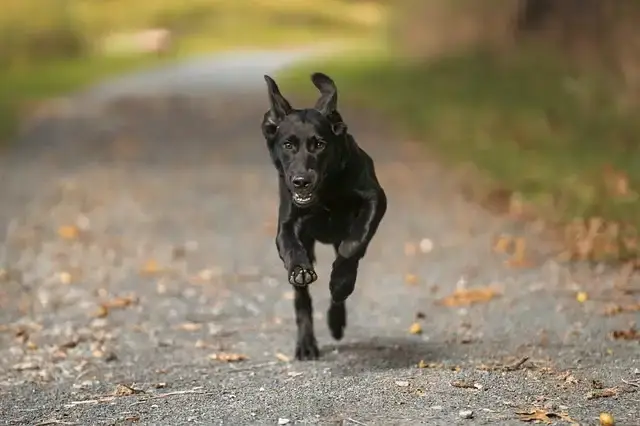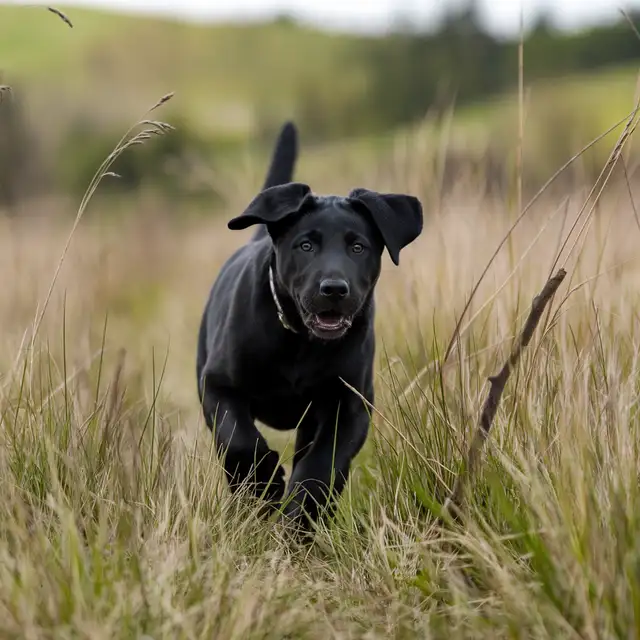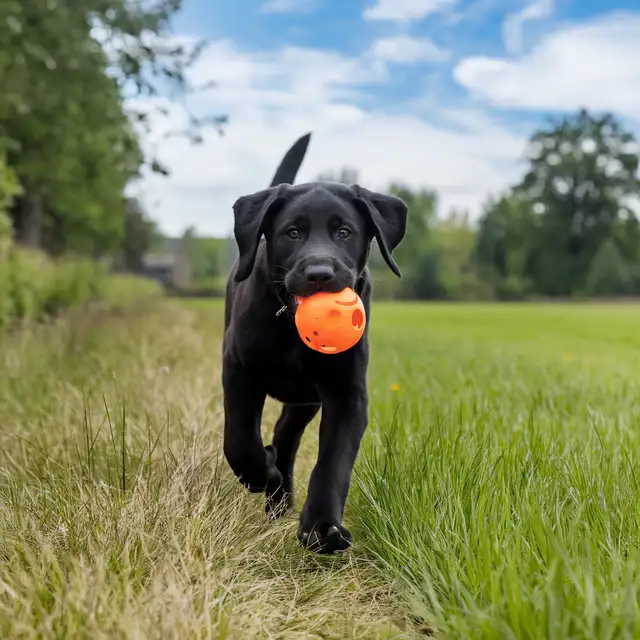-

·
Are Boradors Good Dogs? The Truth About Boradors
A Complete Guide to the Border Collie-Lab Mix Boradors—the spirited cross between Border Collies and Labrador Retrievers—are gaining popularity for their brains and charm. But are these energetic hybrids the right fit for your home? Let’s break down their quirks, care needs, and whether they’re the loyal companion you’re seeking. Meet the Borador: Border Collie…
-

·
The Borador Blues: Managing Their High Energy
Why Are Boradors So Energetic? Boradors inherit high energy from Border Collie and Lab parents. They need 2+ hours of daily exercise to stay happy. Without it, they may chew furniture or dig gardens. Daily Exercise Ideas for Boradors Mental Stimulation: Tiring Their Busy Brains Puzzle toys, trick training, and hide-and-seek prevent boredom. Boradors thrive…
-

·
The Labrador Whisperer: Secrets to a Calm and Happy Lab
Labrador Training: How to train a Labrador puppy Labradors—those lovable, energetic balls of fur who can turn a quiet home into a whirlwind of chewed shoes, muddy paws, and endless zoomies. But fear not! With the right training, even the most rambunctious Lab can become a calm, obedient companion. Let’s dive into how you can…
-

·
Labrador Retriever – Everything You Need to Know
The Black Labrador Retriever: America’s Beloved All-Star Did you know Labrador Retrievers have held the title of America’s most popular dog breed for over 30 years? From fetching fish in icy Canadian waters to stealing hearts on Instagram, these “forever puppies” are more than just a pretty face. Let’s dive into why Labs rule the…
-

·
Love Your Lab’s Coat: The Essential Grooming Guide
Labrador Retriever Grooming Checklist: Keep Your Lab Shiny & Healthy 🐾 Daily Grooming Tasks ✅ Brush Off Debris: Wipe paws and coat with a damp cloth after walks (mud, pollen, and foxtails love Labs!).✅ Check Ears: Peek inside for redness, odor, or wax buildup (floppy ears = infection risk!). 🐾 Weekly Grooming Must-Dos ✅ Brush…
-
·
Years of Joy: Unlocking the Secrets of the Borador Lifespan
Factors influencing Borador lifespan Boradors—the spirited mix of Labrador Retrievers and Border Collies—are beloved for their intelligence and energy. But how long do these hybrid dogs live, and how can you ensure they thrive? Let’s dive into the science and care strategies behind the Borador lifespan. Borador Lifespan: Key Takeaways Understanding the Borador Lifespan Genetic…
-

·
Labrador Retrievers: Love Them, But Prepare for the Fur
Welcome to the wonderful world of Labrador Retrievers! These lovable companions consistently top the charts as America’s favorite dog breed, and it’s easy to see why. Their friendly personalities and endless enthusiasm make them perfect family pets. However, there’s one characteristic that often surprises new Lab parents – the amount of fur these beautiful dogs…
-
·
Are Boradors Hypoallergenic? The Truth About This Energetic Breed
Understanding Hypoallergenic Dogs “Hypoallergenic” refers to dogs less likely to trigger allergic reactions in sensitive individuals. Dog allergies predominantly stem from proteins found in canine saliva, urine, and, notably, dander—tiny skin flakes that can be dispersed in the air. Understanding hypoallergenic dogs is critical for many potential dog owners, particularly if they or someone in…
